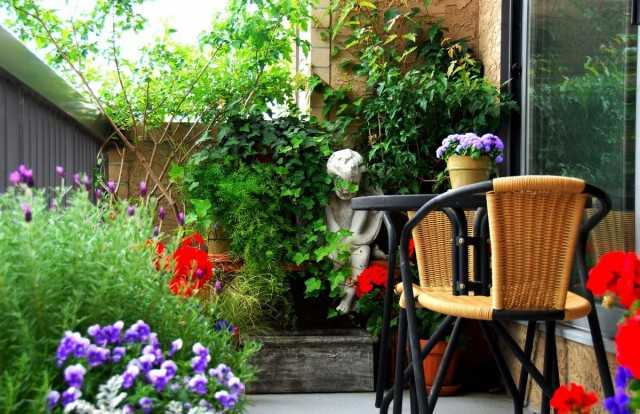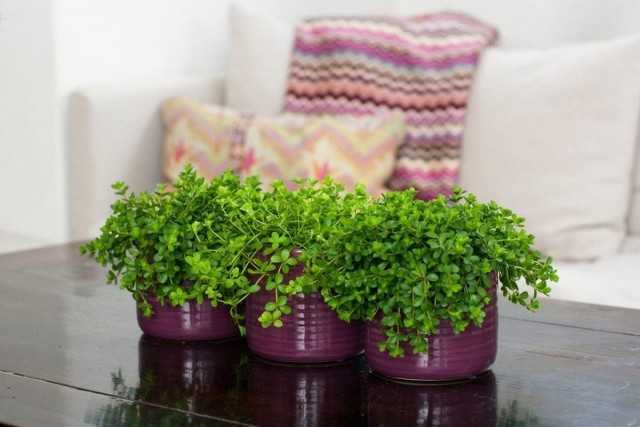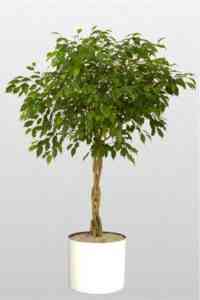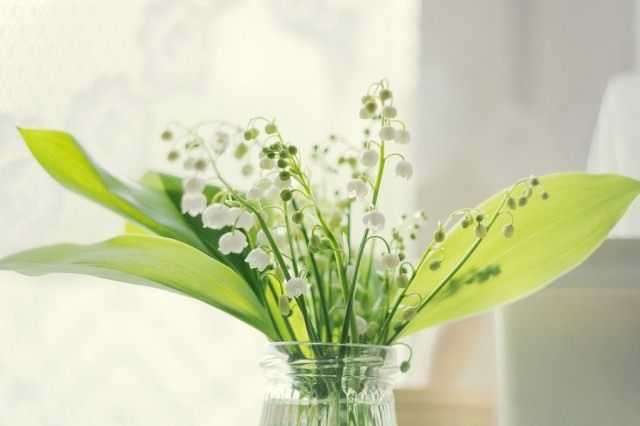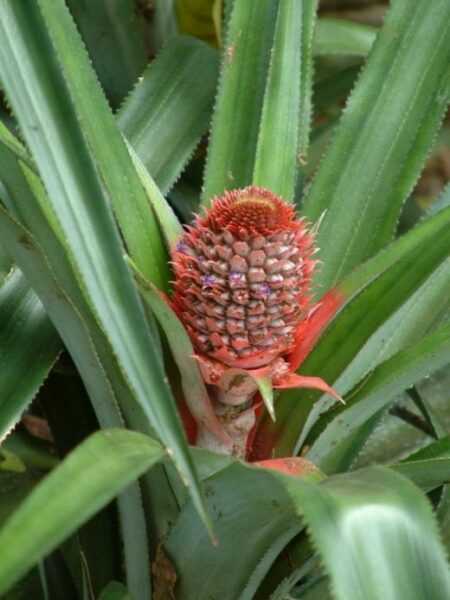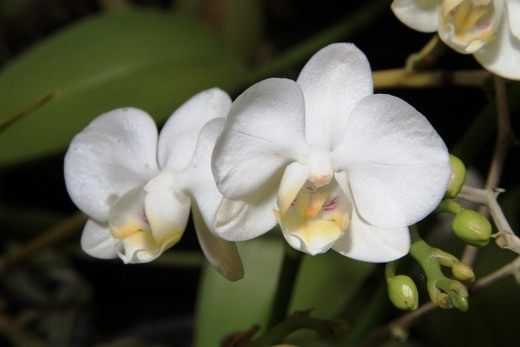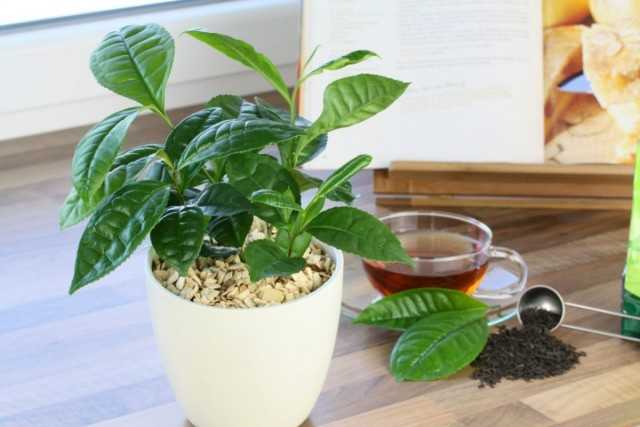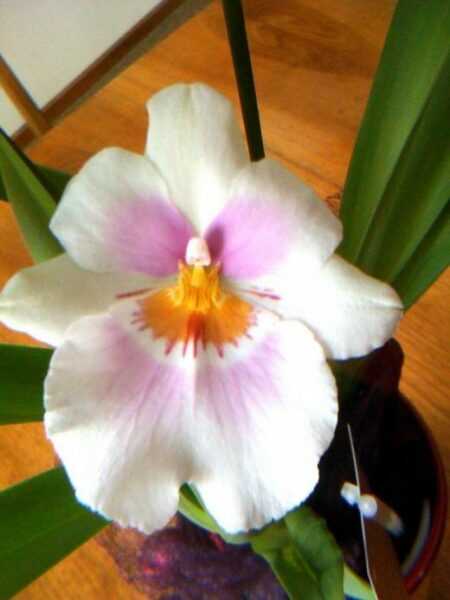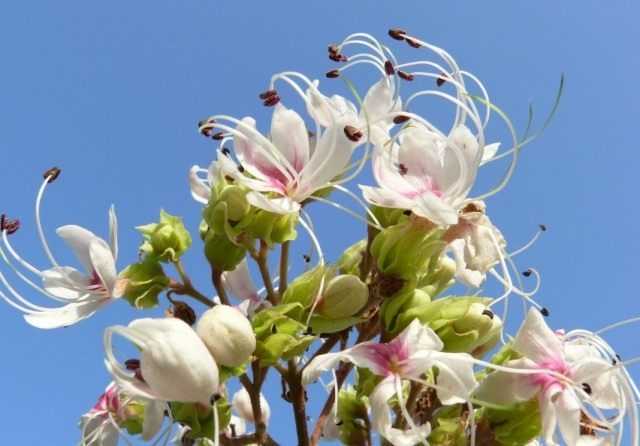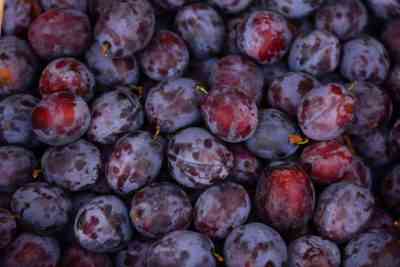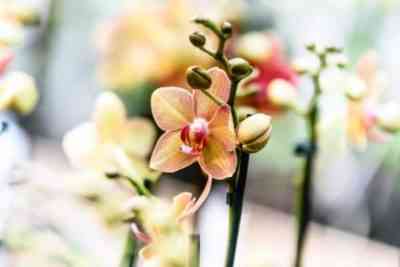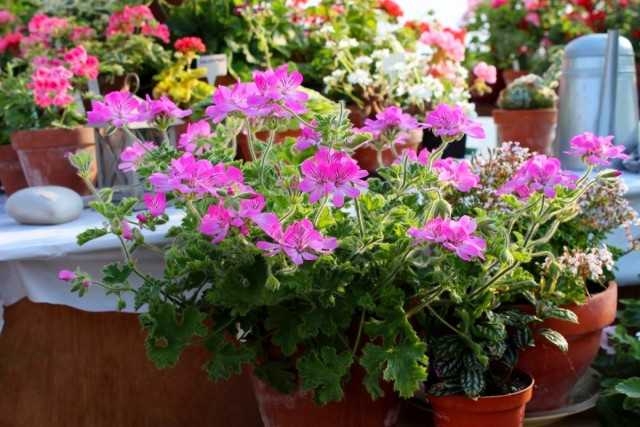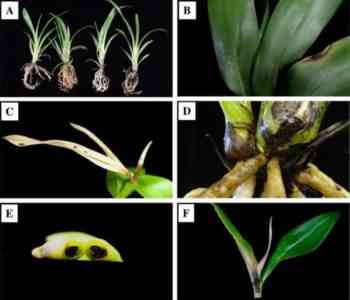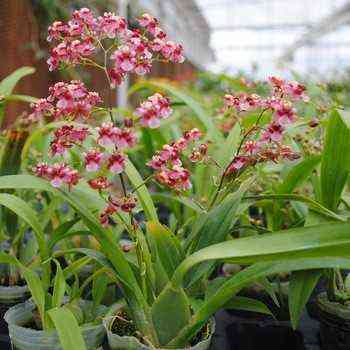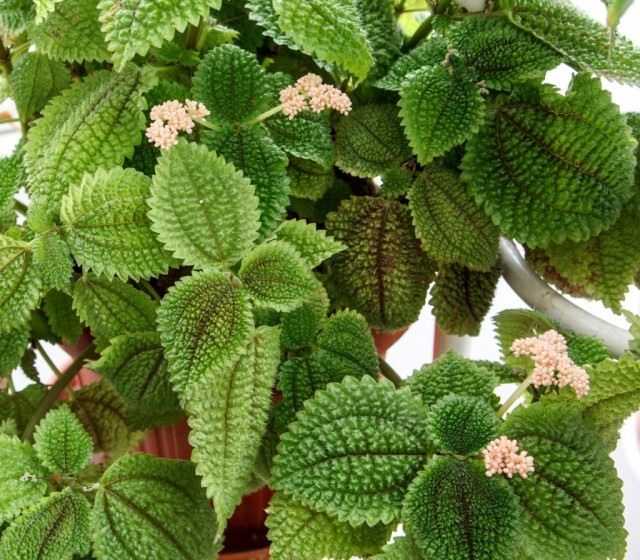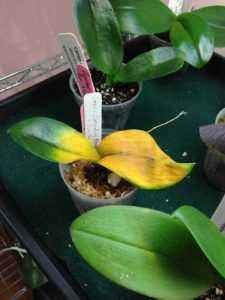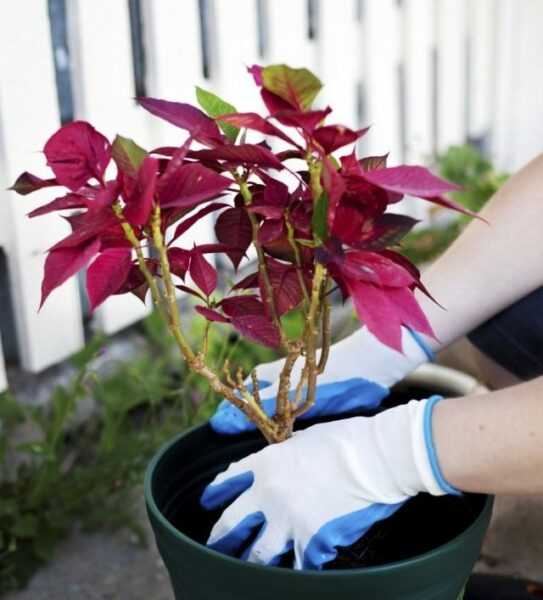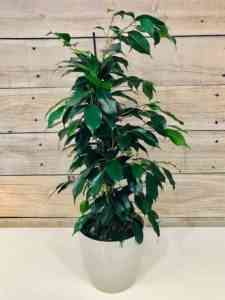There is no plant more versatile, easy to grow, durable and at the same time highly decorative than spathiphyllum. Unlike his super-hardy colleagues, he doesn’t look boring. The wavy leaves with a pointed tip, in harmony with the delicate white covers of the inflorescences, look fresh and bright. Spathiphyllum blooms in shade, grows quickly, requires easy maintenance. And he talks about all the needs himself – with leaves and growth rates. This is a true favorite of modern design, which is appropriate in the bedroom, living room and office.
Spathiphyllum is a safe bet for beginners
Contents:
Description of the plant
Being at the same time an ornamental-deciduous and beautifully flowering (even long-flowering) plant, spathiphyllum, or Pulpy, is an example of elegant beauty.
Spathiphyllum (Spathiphyllum) – evergreen, large-leaved, stemless herbaceous perennials, developing in groups, rapidly growing and releasing daughter plants. The leaves are collected in basal bundles, unfold from dense “tubes”. In spathiphyllums, they are solid, wavy, elegantly curving, on strong, straight petioles with a sheath ending above the middle.
Oval or lanceolate-oval, with a strongly pointed tip, the leaves appear thin, delicate and pleasant to the touch. Vein pattern clearly visible, with thick central and thin parallel lateral veins. The color is deep dark green.
Spathiphyllums may not bloom at all, but can delight almost all year round, and sometimes it is not possible to find any patterns even with careful analysis. Plants often bloom in softer lighting, where no other plant can bloom, and not in bright light. But for sure – for flowering spathiphyllums, careful care and constant soil moisture are needed. Flowering traditionally begins in March, continuously or in waves, it lasts until winter.
The spathiphyllum buds with a muted light green-yellowish color are almost inconspicuous, but in addition to the luxurious cover of the bracts, they seem exquisite and very cute. The shape of the covers around the ears is in perfect harmony with the shape of the leaves. And the greenish shades of the inflorescences that have begun to fade also add charm to it. White, thin, embossed, elegant bedspreads with an elongated tip look very elegant and harmonious.
Spathiphyllum is one of the best species that can cleanse the air of harmful impurities. It is considered the most effective green filter.
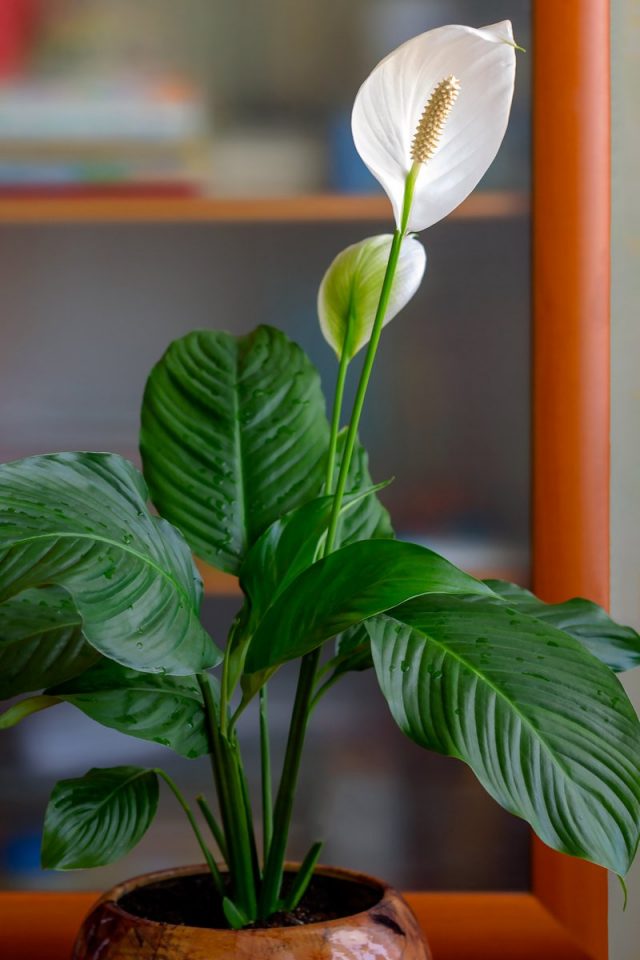
Types and varieties of indoor spathiphyllum
With small or large, even or wavy, wide or narrow leaves – spathiphyllums are different. It is better to choose exactly according to the size of the bushes and leaves, because most often the variety and type are not indicated when selling.
Of the fifty species spathiphyllums in the rooms are grown:
- spathiphyllum Wallis (Spathiphyllum wallisii) – miniature, up to 30 cm, profusely blooming species with dark lanceolate leaves and large bedspreads;
- spathiphyllum adorable (Spathiphyllum fair) – graceful appearance with elongated and bent leaf tips, with greenish bedspreads similar to flags;
- spathiphyllum abundantly flowering (Spathiphyllum floribundum) – a half-meter view with oval-lanceolate leaves up to 25 cm and large white bedspreads;
- cannoli spathiphyllum (Spathiphyllum cannifolium) with emerald ovoid leaves and greenish-white bedspreads;
- spathiphyllum spoon-shaped, also known as heliconial (Spathiphyllum cochlearispathum, synonym – Spathiphyllum heliconiifolium) – meter-long view with wavy-lanceolate leaves up to 40 cm and ovoid unrolled bedspreads.

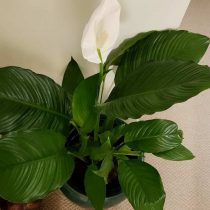
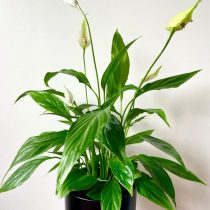
Growing conditions for indoor spathiphyllum
An absolutely universal candidate for landscaping, appropriate anytime, anywhere, spathiphyllum looks great in interiors of any style, premises of any size and function. Moreover, it is as appropriate at home as in offices. Shade tolerance allows you to use beautiful bushes far from window sills, and elegance – to replace even the most pretentious plants.
Lighting and placement
Spathiphyllums are by far the most light-adapted plants after sansevieria. They feel great both in bright enough light (with the exception of hot southern window sills and places where direct sunlight falls on the leaves), and in soft partial shade and in the shade. The optimal distance from the window is from 1,5 to 3 m. Adult plants require compliance with the usual level of lighting, young ones adapt better. The plant will not stand full shade. Artificial lighting is acceptable.
Spathiphyllum are good both individually and in groups, they are not afraid of close proximity, any view – and when placed on the floor, and at the level of countertops, and on stands. They can be used literally whatever you want.
Read also our article Why do spathiphyllum leaves dry?
Temperature control and ventilation
For a plant, a cool wintering (16-18 degrees) is desirable, but not required. Without it, with proper care, the plant will not suffer at all, with it – care is easier and flowering is more likely. Otherwise, spathiphyllum feels great at room temperature, at 21-23 degrees.
To make the leaves of the spathiphyllum look attractive, it is worth protecting the plants from drafts. The direct result of violation of the rule of stability of conditions and sudden temperature fluctuations is blackening of the tips of the leaves and accelerated yellowing of old leaves.
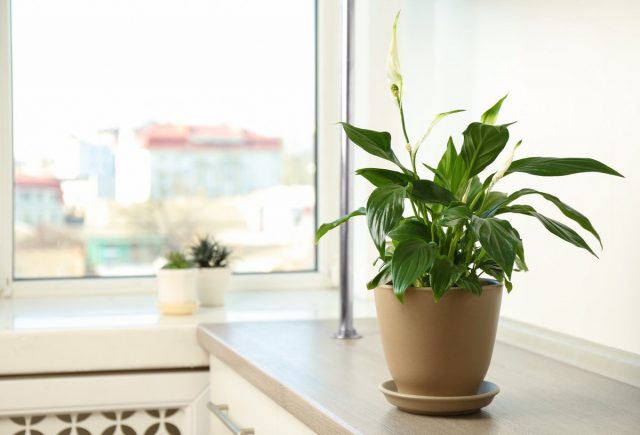
Spathiphyllum care at home
The ability of spathiphyllums to cope with even extreme oversight is legendary. It is almost impossible to destroy the plant, even if the leaves wither during drought, they still recover after watering. But unkempt plants inexorably lose their decorativeness, drying out at the tips and differing from a fresh, dense, bright bush, which is provided with at least modest, but regular care.
Watering and air humidity
This plant loves constant moisture, can survive the complete drying out of the substrate and careful watering, but not constant dampness. By drying only the upper 1-2 cm of soil in pots, changing the frequency of watering depending on the temperature, you can achieve the ideal regime. For spathiphyllums, it is desirable to use water several degrees warmer than room temperatures and with mild characteristics. It is better to drain the excess water from the pallets immediately.
Spathiphyllum should be regularly washed with a warm shower. They love spraying and air humidity of about 60%.
Top dressing and composition of fertilizers
Overfeeding spathiphyllum is much more afraid than insufficient feeding. This is not the most demanding plant on the nutritional value of the soil, which needs careful, regular feeding from spring to summer with reduced doses of fertilizers (every 2 weeks for half the dose) or rare, but full doses (1 feeding per month is enough).
For spathiphyllum, universal fertilizers are more suitable, an excess of nitrogen causes the absence of flowering.

Pruning and shaping the spathiphyllum
Old dry leaves and peduncles are cut as low as possible. When a part of the leaf plate dries, trimming is carried out not to healthy tissues, but leaving a thin strip along the edge.
Also read our article 10 Best Houseplants for Beginners.
Transplant, containers and substrate
Spathiphyllum is transplanted as it grows, at any time during its active growing season. For reproduction, lush bushes – large groups with numerous rosettes – can be easily divided into 2-3 parts. Individual small side babies break off and root like cuttings in warm and wet sand.
A versatile, loose, nutritious substrate or special soil for decorative deciduous plants with a neutral reaction will work equally well. The main thing is to provide for good drainage and carefully transfer the spathiphyllum with minimal contact with the roots.
Spathiphyllum, despite growing in breadth, cannot be planted in bowls. The depth of the containers should correspond to the mass of the roots. The containers are increased by 3-4 cm so that the spathiphyllum has room to grow.
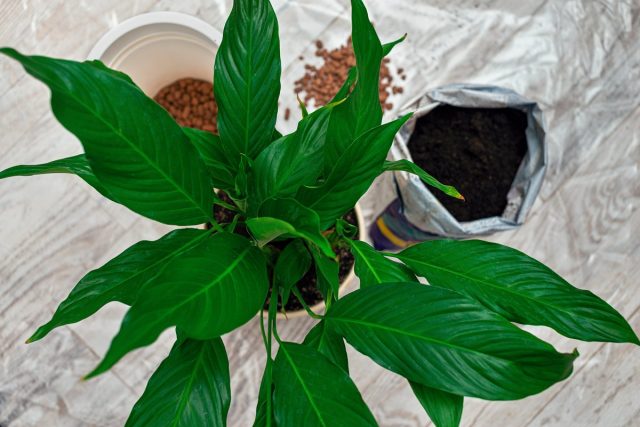
Diseases, pests and growing problems
The leaves of the plant dry easily from the tips in dry air, under constant fluctuations in conditions, in drafts, in the absence of simple hygiene or the proximity of air conditioners and batteries. If you do not take measures in time and do not correct the conditions, then the dark spots crawl further and further. But still, the tips of the leaves turn black more often due to another problem – waterlogging or overfeeding. Irregular spots, mosaic on leaves indicate cold watering, overflow, soil compaction.
In unsuitable conditions, cold or heat, constant droughts, with systemic errors in watering, the leaves turn yellow, and sometimes even the leaves that have not yet untwisted dry out. The lack of flowering is associated with hypothermia, droughts, improper feeding.
Of the pests on spathiphyllums, mealybugs, aphids, and spider mites are most often found. It is better to fight insects by combining care and conditions correction with insecticide treatments.
